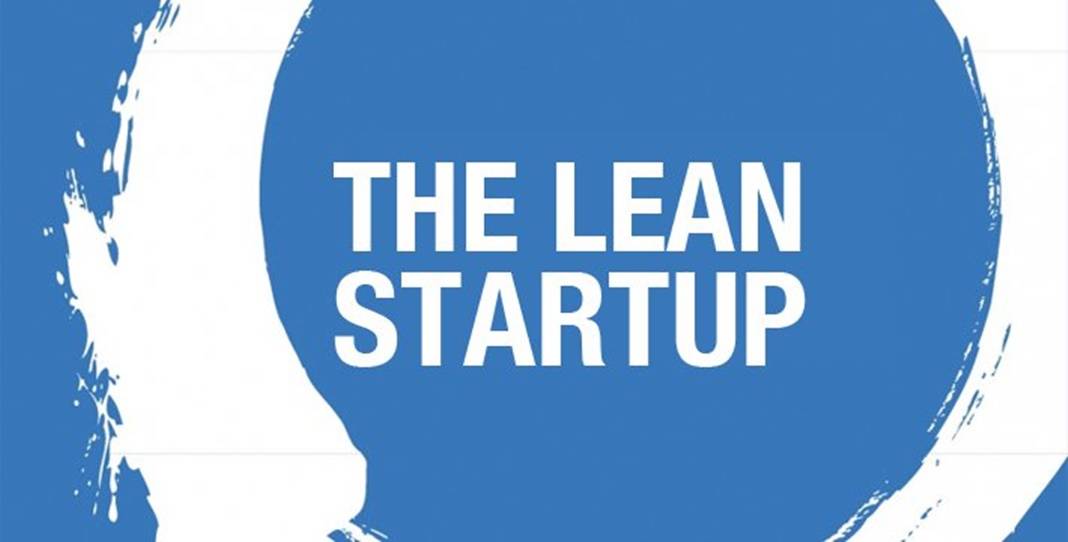One of the earlier books I have read about how to manage and build a startup that actually accurately influenced businesses to adopt agile methodology and build products in a whole new way. Now it’s been a decade since the book first published and we can find in almost every startup (if not all), and even in conventional corporations that the ‘lean-startup’ framework has been incorporated.
The book is divided into three stages: Vision, Steer and Accelerate. The book is constructed as the way a startup would have been constructed as well. Started up from a Vision from its founders, then to Steer its way up a sustainable business model, and to Accelerate once the right business model and engine growth have been identified.
Here we are also reminded that the sole mission of a startup is to find and build a sustainable business model. Eventually, the company needs a managerial discipline like any other corporations that are built to last. At the end of the day, a startup is an infant corporation in a make, not just a fancy team up of creative minds of its founders.
Lean Startup is largely adopted by startups and established companies alike nowadays. The concept is built around the “Build – Measure – Learn” feedback loop. This is where we must build our Minimum Viable Product (MVP) as fast as possible to start taking measurements with good metrics (instead of just vanity metrics), and test the value creation hypothesis or the growth hypothesis in the first place.
Then and by only then you can learn something and decide whether you need to ‘Pivot’ or ‘Persevere’. We hear a lot the word ‘pivot’ nowadays but what is exactly ‘pivot’ in a startup? Pivot is a structured course correction designed to test a new fundamental hypothesis about the product, strategy, and engine of growth. There is no such thing as ‘failure‘ as failure is a prerequisite to learning. The important thing is to get to each pivot faster, as it lays out the runway for the startup to take off and fly with a sustainable business model.
Combine the Lean Startup with Design Thinking and Scrum Framework along with several agile methodologies, and modify them to suit your how your startup or company would like to operate to build and launch the new product, and there you have a framework to improve the chance of success.
If you want to find out more or even join the Lean Startup movement, you can visit the website www.theleanstartup.com.

